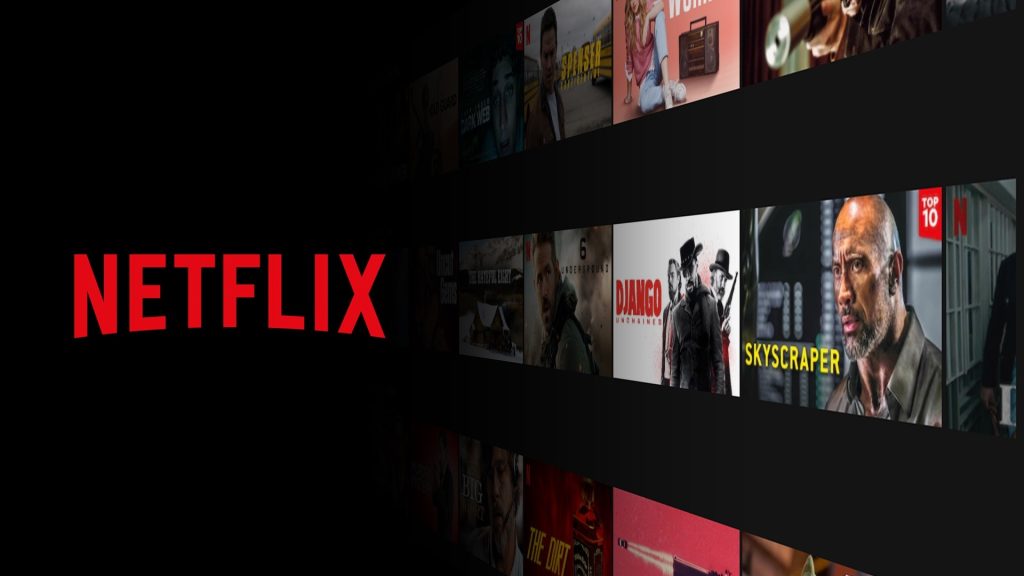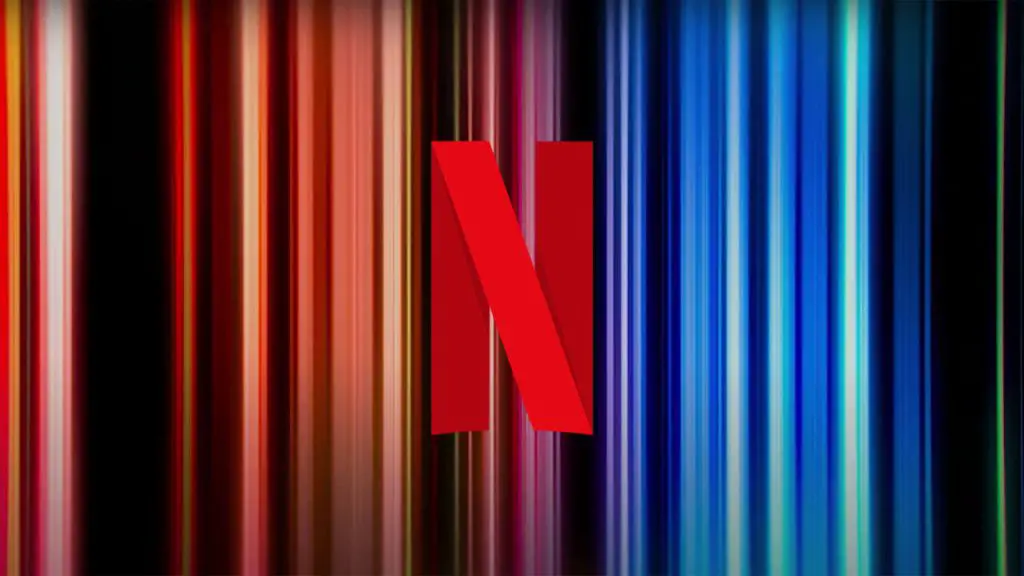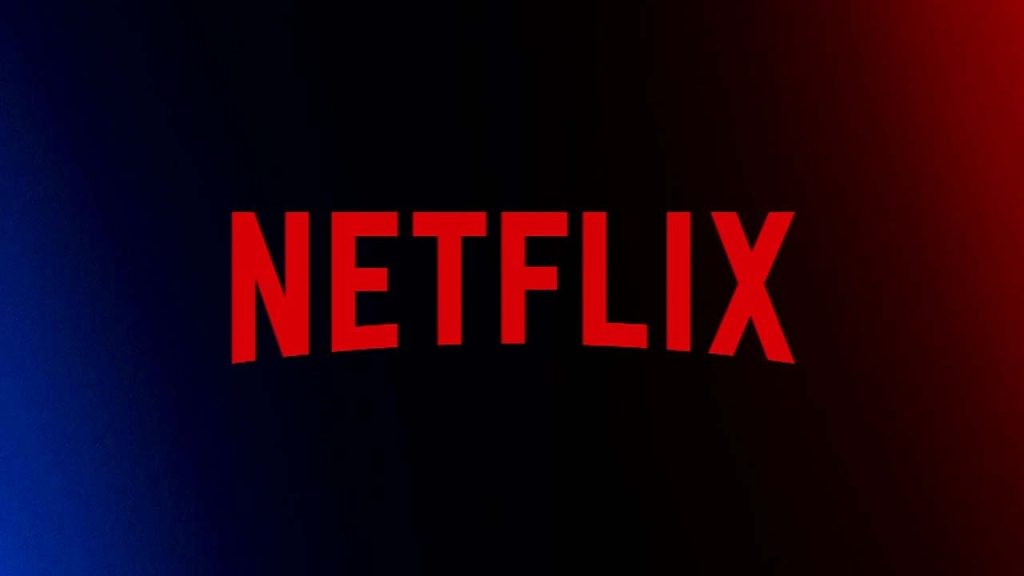In a remarkable strategic move earlier this year, Netflix decided to launch a crackdown on password sharing, a decision that has since shaped the trajectory of its subscriber growth. While many industry insiders raised their eyebrows at Netflix’s bold stance, the numbers now vindicate the platform’s approach.
A Surge in New Subscribers
Since the enforcement of this new policy in May, the streaming giant has witnessed an impressive surge in its subscriber base. While immediate profitability did not spike for Netflix, or for its Chief Content Officer, Ted Sarandos, the unexpected addition of 5.9 million subscribers in the last quarter, surpassing projections by a staggering four million, paints a promising picture.
Further, according to recent data from research firm Antenna, Netflix’s trajectory of growth remains strong, with an addition of 2.6 million subscribers in just the month of July. This exponential rise reinforces the notion that Netflix’s strategic move to combat unauthorized password sharing was indeed fruitful.
However, it’s worth noting a slight dip in this meteoric rise. New sign-ups in July witnessed a 26% decline from June, immediately post the crackdown. Despite this, Antenna’s statistics reveal an interesting trend — the four days starting from May 24, when the password-sharing restriction was put in place, saw the highest number of sign-ups in the past four and a half years. During this period, Netflix experienced a surge in sign-ins, recording a 102% increase, far exceeding the sign-in rates during the pandemic.
Ad-Supported Tier Gains Popularity

Another feather in Netflix’s cap is the popularity of its ad-supported tier. Of the new subscribers in July, a noteworthy 23% opted for the $6.99 option, marking a 4% increase from June. This trend might intensify in August, especially after Netflix decided to discontinue its most economical ad-free plan midway through July. Given the vast price difference between the ad-supported and the $15.49 ad-free packages, budget-conscious subscribers have limited choices to access Netflix’s vast content repertoire.
Industry Implications: The Rise of Ad-Supported Plans
Netflix’s success story seems to be resonating across the streaming industry. Evidently, during a recent earnings call, Disney’s CEO Bob Iger hinted at curbing password sharing for the Disney bundle. While currently, streaming platforms like Max, Peacock, and Paramount+ remain uncommitted, it wouldn’t be surprising to see them jumping on the bandwagon if Netflix’s growth remains consistent.
Moreover, the industry seems unanimous in its tilt towards ad-supported plans. The allure of profitability that comes with these plans is undeniable. For instance, Disney has revamped its pricing structure, widening the cost gap between ad-free and ad-supported subscriptions across Hulu and Disney+. Prime Video too announced its entry into this space with an ad-supported subscription model unveiled in June. This paradigm shift, however, means that consumers either have to come to terms with ads punctuating their viewing experience or dig deeper into their pockets to enjoy uninterrupted content.
Conclusion

In conclusion, Netflix’s audacious decision to curb password sharing seems to be paying dividends, both in terms of subscriber growth and in setting a trend for the industry. The increasing inclination towards ad-supported plans by major platforms indicates a significant shift in the streaming landscape. While companies rejoice at the potential profitability, the ultimate impact on consumers, who might have to bear the brunt of these changes, remains to be seen.


